Rolling stones
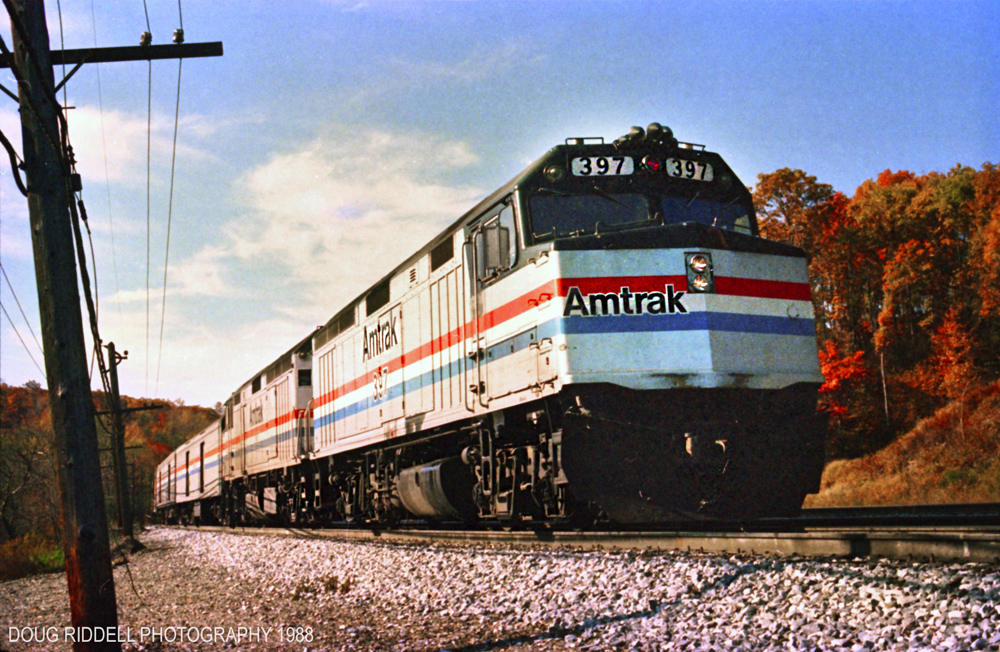
Cresting Sand Patch while witnessing an Allegheny Summit sunrise on the former Baltimore & Ohio was one of the intangible benefits of being the engineer of Amtrak’s Capitol Limited between Washington and Pittsburgh in the late 1980s. Few things are as awe-inspiring, but Mother Nature can also be frighteningly treacherous.
The right of way formed a twisting ledge between rock cuts on one side and white water rapids far below on the other. Melting snow and changing temperatures exacerbated fissures in the rock, periodically causing huge boulders to come crashing down onto the tracks. Mountain railroads employ slide fences that electronically warn trains that tracks may be fouled by falling rock, (or trespassing deer). Equipping an entire route through a mountain range, however, is cost-prohibitive.
Descending westbound, into Connellsville, Penn., one dark 1988 night, negotiating 30 mph Number One Cut, I suddenly spied a boulder the size of an automobile, wedged between the hillside and the rails. With a collision inevitable, I applied the emergency brake and radioed my conductor, “Get everybody down and hold on — we’re gonna hit a big rock!“ And we did.
I feared a glancing blow off the side of the boulder, derailing and fouling the adjacent track, or even plunging the entire train into the river below, but we remained upright and on the track. My fireman, Dave, headed out to protect us from oncoming trains, while I got on the radio to warn any trains in the area, “Emergency, Emergency! Amtrak 29 is in emergency at Number One Cut!” Radios aren’t very effective in the mountains so out of pure frustration I shouted into the handset, ‘Mayday, Mayday! Can anyone hear me?”
My lead F40, was rendered useless by the collision with most of its air brake equipment torn away. Standing atop the boulder, adjacent to the dining car, conductor Jerry surveyed the damage. “More rock is falling. We’ve got to move this train right now!” I blocked the brake pipe flow behind the crippled locomotive, placed my fireman at its handbrake, and my conductor served as my set of eyes in the cab, while I operated the train from the second unit. Without further incident, we limped into Connellsville. “You’re supposed to say ‘Emergency,’ not ‘Mayday,’” chirped the tower operator. Everyone had heard my transmission — they just hadn’t responded.
I retired in 2012. My son, Ryan, now 39, has 20 years of Amtrak service and is a regularly assigned engineer on the Capitol Limited between Washington and Cumberland, Md. He called me on his way home recently. “I hit a boulder at Paw Paw, [W.Va.] eastbound this morning, bigger than the one you got. I managed to stay on the rail though. Everyone’s okay, but it tore up the engine.” Then, he paused …
“I got into Washington just in time to catch 85 to Richmond. Jerry was the conductor. When he asked why we were so late, I explained that we’d hit a boulder. With a huge grin on his face, he said, “Like father, like son.” Then he asked, “Did you yell ‘Mayday, Mayday’ too?”
It’s my railroad legacy (sigh).
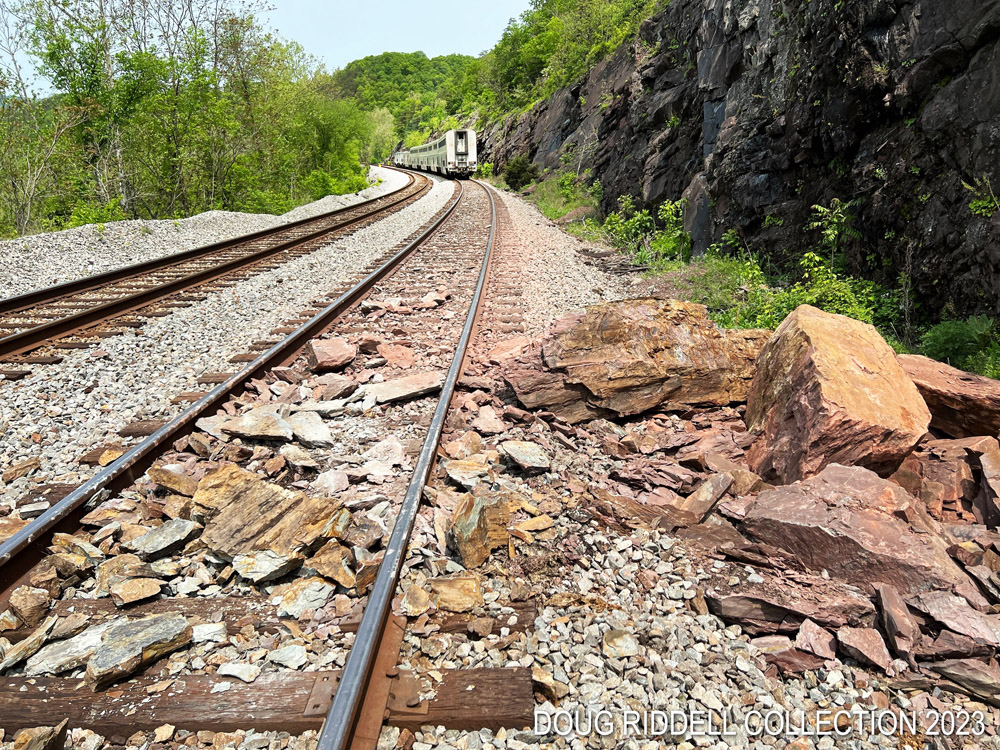
Check out “Beyond the byline with Doug Riddell.”






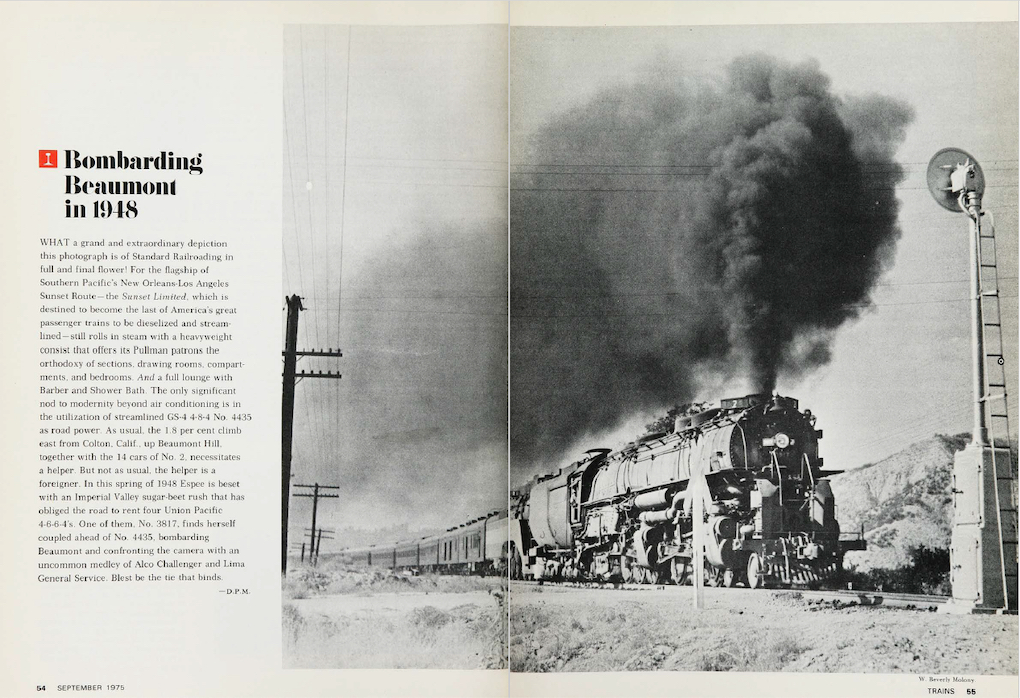
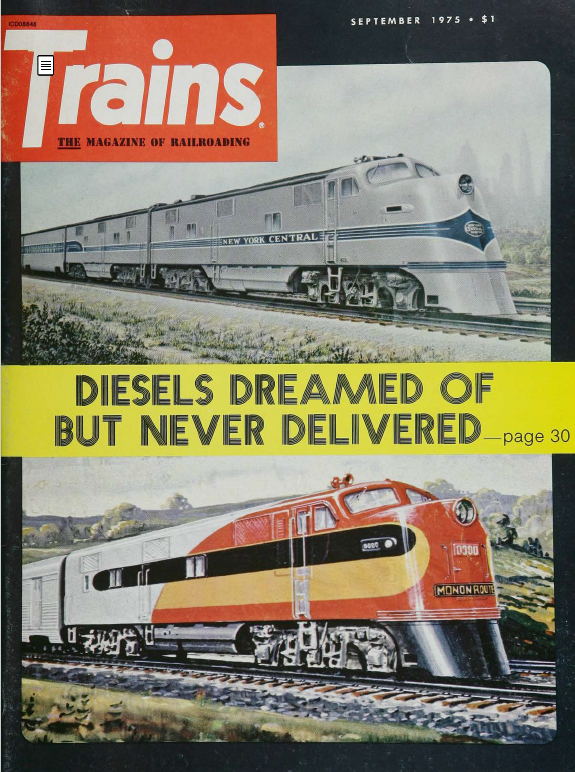

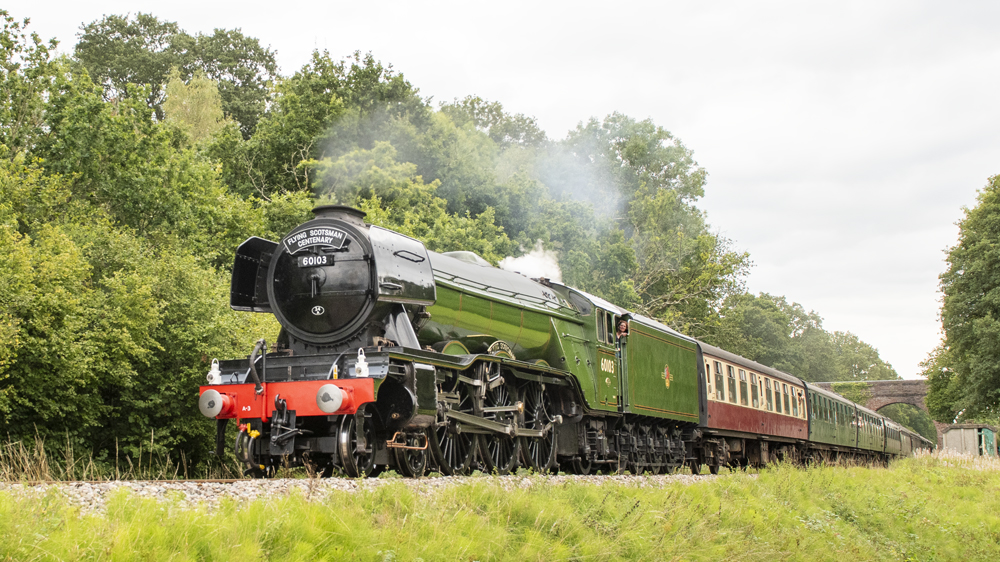




BARRY TROGU,
Just saw your comment, so I apologize for not responding sooner. I grew up along the east coast, so mounting railroading was something entirely new to me. It was beautiful, but the changing temperature–from summer heat to winter chill–causes very unstable conditions, not to mention flooding from rainstorms. The constant pounding of trains sets up vibrations as well. I learned quickly to remain vigilant while enjoying the breathtaking scenery. That’s something to consider when setting up to take pictures as well. If you’re around Glencoe or Foley and notice white paint spots on trees, BEWARE. Those are put there to note spots where rattlesnakes have been captured and released back into the wild. I didn’t even like stopping to check my train, if I could avoid it. All part of railroading though. Best wishes.
Doug: Great article! In all of the decades my rail fan group and I were at Sand Patch Grade, we never saw or heard about a rockslide. We’ve seen a derailment between Glencoe & Mance, but that’s about it. We were always concerned about slides and many in our group were professional railroaders and were aware of those problems.
Steve Weagant, it took a couple of sticks of dynamite and a backhoe for CSX to finally clear that big boulder the next day. We were lucky.
I am not sure what they did. But they did a good job getting us through only three hours late. More importantly, everyone was kept safe.
I was on 6 after it turned north from Dotsero about 20 miles east of Glenwood Springs. I was listening on my scanner and enjoying my ride.
The train stopped quickly and the engineer announced there had been a rock slide. After a brief conversation, the crew decided to back out of the Canyon. They were concerned another rock slide could occur and hit the train.
We ended up taking a 3-hour delay along with 5. UP crews came out and somehow removed this huge rock. Then we rolled by at 5 miles an hour. The boulder had damaged the track but it was still passable. I stood at the railfan window and observed the kinks in the rails where the boulder had landed. And I could see where the boulder had been pushed aside.
Absolutely!
Whatever it takes to get over the road, right, John?
I’ve hit ‘em too, but so far only cracked a traction motor case…hit the cut out switch and carry on….